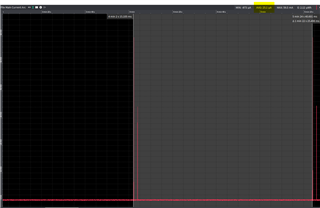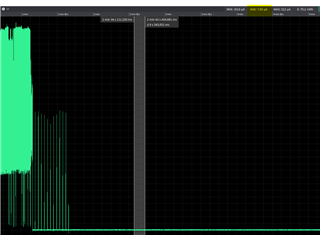HI,
We are evaluation the nRF9160 in the devkit and we are trying to obtain the values specified in the nRF9160 Product Specefication v 1.1. After following the different software configuration and HW setups (ex: https://devzone.nordicsemi.com/nordic/cellular-iot-guides/b/hardware-design/posts/measuring-psm-idle-current-on-the-nrf91-dk), we are able to properly activate PSM and eDRX using different values. We are able to achieve pretty slow values but they are all bigger than in the Product Specification :
- PSM floor: 8uA instead of 4uA in the Product Specification
- eDRX cycle for 81.92 eDRX cycle: 25uA instead of 19uA (configured PTW = 1 (2.56sec.) and DRX=2.56)
- Test details:
- Technology: Cat M1
- Voltage: 3.7V
- Current measurement tool: Otii from Quoitech (properly calibrated and achieving the expected low values in other modules that we are evaluating)
- Modem Firmware: 1.1.1
Do you confirm that modem FW 1.1.1 is able to achieve the values in specification? Any other parameter non stated here that we should take into account.
Here you have some screenshots of the measurements.
eDRX:

PSM

Thanks for the help,


